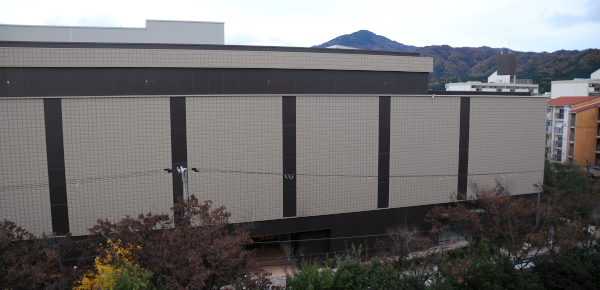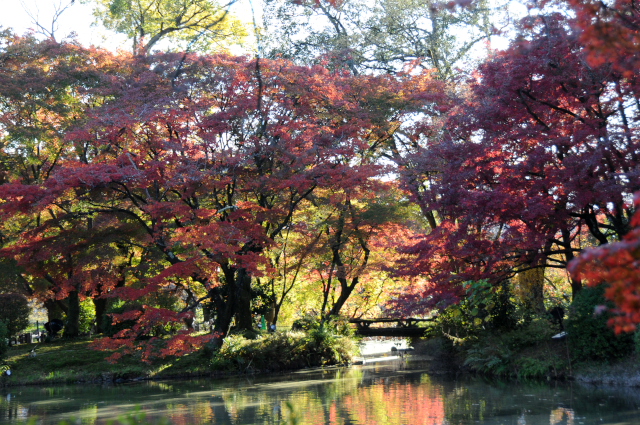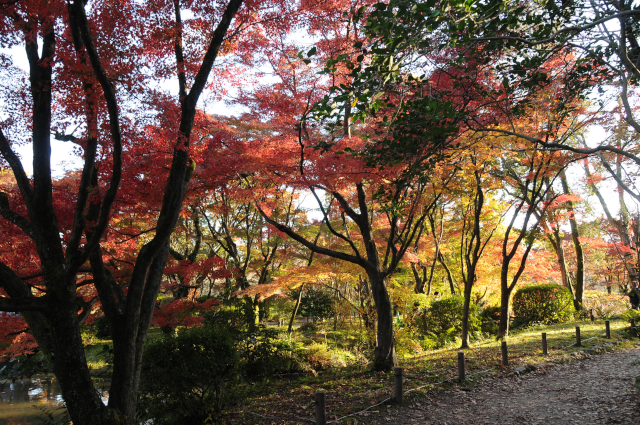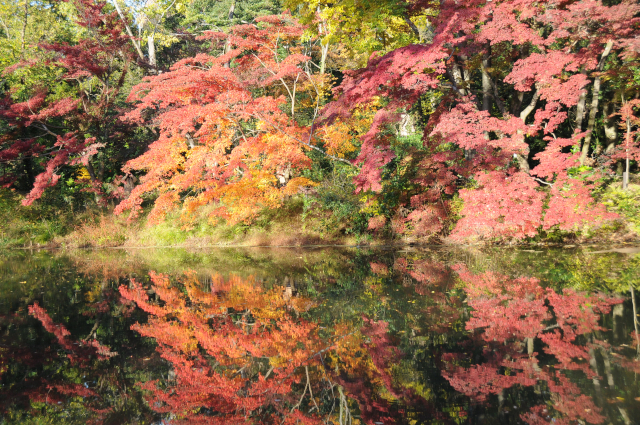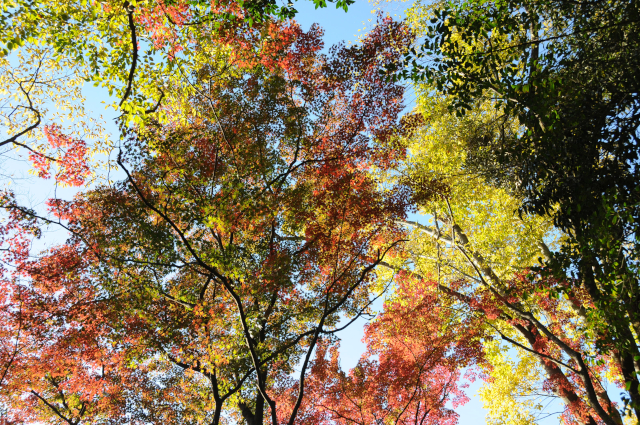Today is the last day of Obon in Japan, the mid-summer period where the ghosts of one’s ancestors return to earth. During this time, many people return to the gravesites of their family to clean them and leave little gifts for the dead like flowers or foodstuffs. I once even saw a small beer can placed on a tomb, which I found rather touching.
In Kyoto, the evening of August 16 is the time for the Gozan-no-okuribi fires, or short: the Daimonji, where on 5 mountains surroundig Kyoto large bonfires are lit that spell out five kanji characters and are meant to guide the spirits back to the realm of the dead. Even though I am not religious, watching the fires being lit is very moving, and even I think of my family…
Anyway, although these fires draw large crowds every year, they do have a religious background, so it’s not a tourist spectacle. For this reason, they are always lit on the same day, regardless of weather or other outside influences. Only during WWII, the characters were drawn onto the mountains using white cloth, because making nightly signal fires for airplanes wasn’t a great idea.
This year, of course, things are different than usual because of Covid19. And because the fires draw so many spectators to only a few strategic points, the organisers decided to drastically scale them down: All except for the one on Daimonji Mountain were to be reduced to a single point. So, here is the big “dai” 2020 as seen from my balcony:
 I am torn about this to be honest. It was nice that the organisers went through with the fires – and if you know what the big dai should look like, it was easy to make out – but at the same time it felt very sad too, somehow. If Corona does not go away, how much of our culture will we have to sacrifice?
I am torn about this to be honest. It was nice that the organisers went through with the fires – and if you know what the big dai should look like, it was easy to make out – but at the same time it felt very sad too, somehow. If Corona does not go away, how much of our culture will we have to sacrifice?

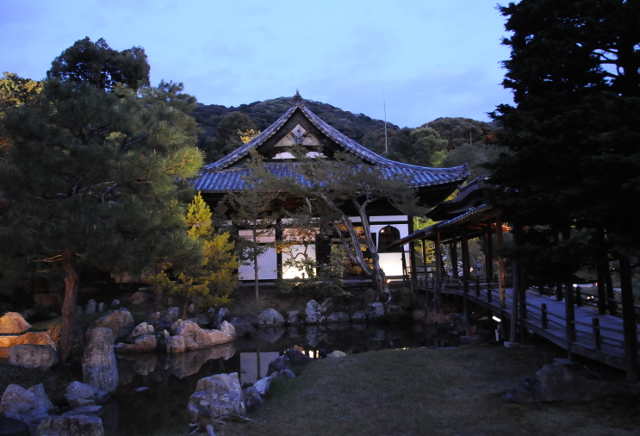

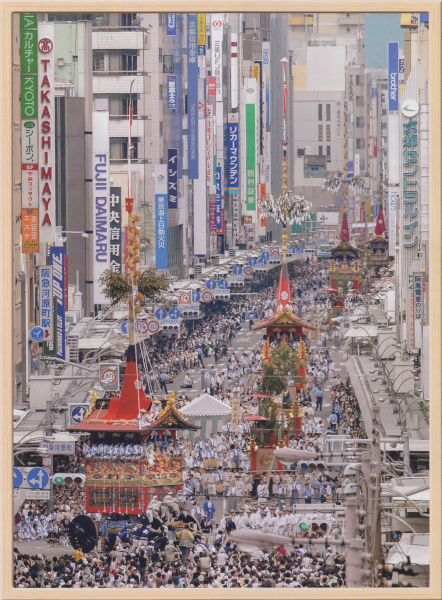
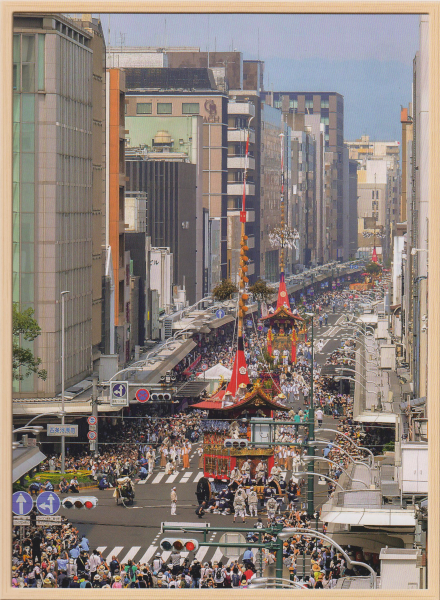
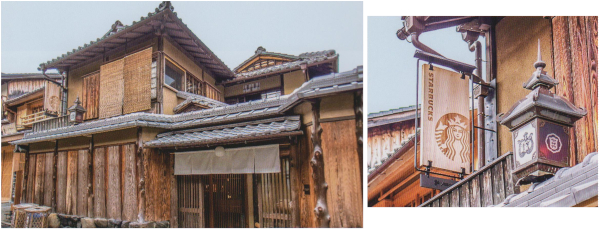
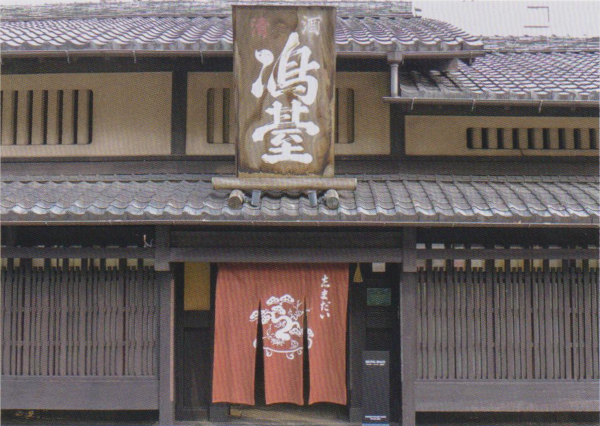

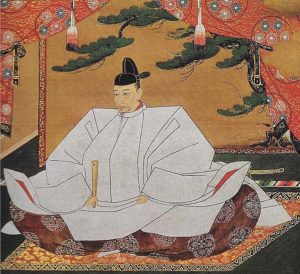
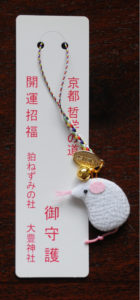 Finally, for New Year, I waited for my Hatsumode (the first visit to a shrine in the New Year) until January 3rd, hoping to avoid the crowds. However, I made the mistake to visit Otoyo Jinja, a usually very quiet little shrine just off the Philosopher’s Path, which happens to be Kyoto’s Rat shrine. Why is that important? Because it’s the year of the Rat, and you’d want to start it off on the right foot (and with the right deity), of course. Apparently, many, many other people had the same idea and I ended up waiting in line for 2.5 hours, just to go and do my first prayer… I don’t think I’ll be doing that ever again, but just in case, I have the proper omamori charm to prove my dedication! (Note the little tail. And the whiskers!)
Finally, for New Year, I waited for my Hatsumode (the first visit to a shrine in the New Year) until January 3rd, hoping to avoid the crowds. However, I made the mistake to visit Otoyo Jinja, a usually very quiet little shrine just off the Philosopher’s Path, which happens to be Kyoto’s Rat shrine. Why is that important? Because it’s the year of the Rat, and you’d want to start it off on the right foot (and with the right deity), of course. Apparently, many, many other people had the same idea and I ended up waiting in line for 2.5 hours, just to go and do my first prayer… I don’t think I’ll be doing that ever again, but just in case, I have the proper omamori charm to prove my dedication! (Note the little tail. And the whiskers!)